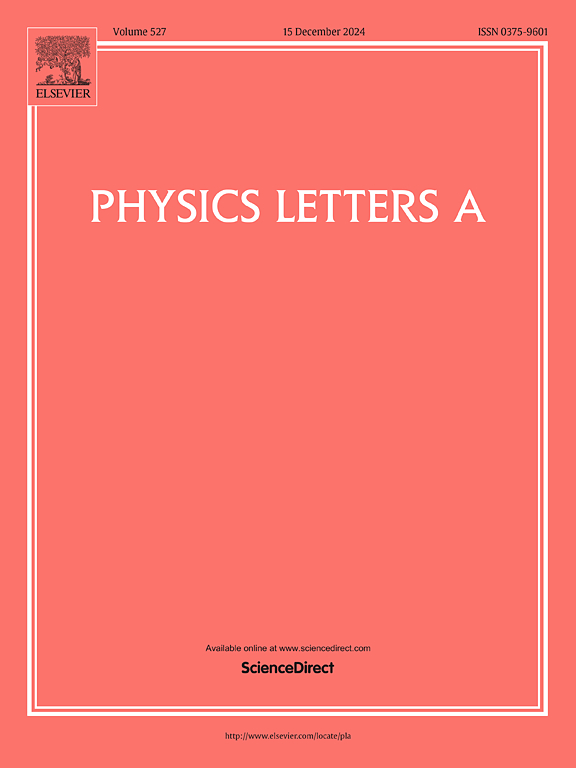Photoelectric simulation of perovskite solar cells based on two inverted pyramid structures
IF 2.3
3区 物理与天体物理
Q2 PHYSICS, MULTIDISCIPLINARY
引用次数: 0
Abstract
The reduction of the optical and electrical losses in perovskite solar cells (PSCs) is pivotal to enhancing their overall efficiency. According to the light trapping effect and the enhancement of electron transport capacity, we propose a perovskite solar cell based on two inverted pyramid structures through numerical simulation. The etching of inverted pyramids in fluorine doped SnO2 (FTO) layer structure is a strategy employed to enhance the absorption of perovskite solar light, thereby optimizing the photoelectric performance of the cell. The TiO2 inverted pyramid structure was introduced beneath the electron transport layer TiO2, thereby altering the contact interface between the light absorption layer CH3NH3PbI3 and the electron transport layer. This modification resulted in an increased contact area and enhanced electron transport capability. Furthermore, a comparative analysis was conducted on the photoelectric characteristics of PSCs with planar type, only TiO2 inverted pyramid structure, only FTO etching inverted pyramid structure, and PSCs with both inverted pyramid structures. The results of this study indicate that the cell with these two inverted pyramid structures exhibits optimal photoelectric performance, characterized by a maximum short-circuit current density of 23.81 mA/cm2, a power conversion efficiency of 19.73 %, and an overall thickness of 1200 nm. These findings offer valuable insights for the subsequent design of high-performance PSCs.
基于两个倒金字塔结构的钙钛矿太阳能电池的光电模拟
降低钙钛矿太阳能电池(PSCs)的光和电损耗是提高其整体效率的关键。根据光捕获效应和电子传输能力的增强,我们通过数值模拟提出了一种基于两个倒金字塔结构的钙钛矿太阳能电池。在氟掺杂SnO2 (FTO)层结构中蚀刻倒金字塔是一种增强钙钛矿太阳能光吸收从而优化电池光电性能的策略。在电子传输层TiO2下方引入TiO2倒金字塔结构,从而改变了光吸收层CH3NH3PbI3与电子传输层之间的接触界面。这种修饰增加了接触面积,增强了电子传递能力。对比分析了平面型、纯TiO2倒金字塔结构、纯FTO蚀刻倒金字塔结构和两种倒金字塔结构的PSCs的光电特性。研究结果表明,具有这两种倒金字塔结构的电池具有最佳的光电性能,其最大短路电流密度为23.81 mA/cm2,功率转换效率为19.73%,总厚度为1200 nm。这些发现为高性能psc的后续设计提供了有价值的见解。
本文章由计算机程序翻译,如有差异,请以英文原文为准。
求助全文
约1分钟内获得全文
求助全文
来源期刊

Physics Letters A
物理-物理:综合
CiteScore
5.10
自引率
3.80%
发文量
493
审稿时长
30 days
期刊介绍:
Physics Letters A offers an exciting publication outlet for novel and frontier physics. It encourages the submission of new research on: condensed matter physics, theoretical physics, nonlinear science, statistical physics, mathematical and computational physics, general and cross-disciplinary physics (including foundations), atomic, molecular and cluster physics, plasma and fluid physics, optical physics, biological physics and nanoscience. No articles on High Energy and Nuclear Physics are published in Physics Letters A. The journal''s high standard and wide dissemination ensures a broad readership amongst the physics community. Rapid publication times and flexible length restrictions give Physics Letters A the edge over other journals in the field.
 求助内容:
求助内容: 应助结果提醒方式:
应助结果提醒方式:


